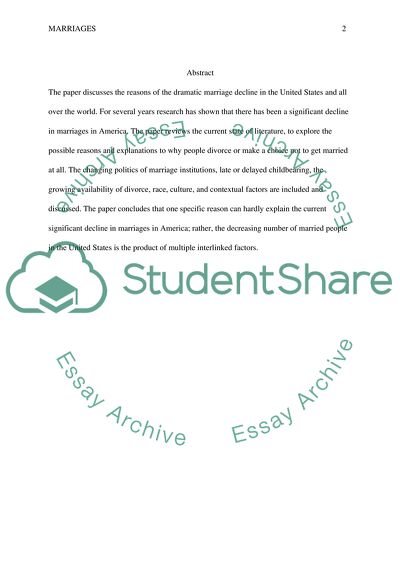Cite this document
(Reasons of the Dramatic Marriage Decline in the United States Coursework, n.d.)
Reasons of the Dramatic Marriage Decline in the United States Coursework. Retrieved from https://studentshare.org/family-consumer-science/1741620-topic-changes-in-how-marriages-are-looked-at-and-valued-within-today-society
Reasons of the Dramatic Marriage Decline in the United States Coursework. Retrieved from https://studentshare.org/family-consumer-science/1741620-topic-changes-in-how-marriages-are-looked-at-and-valued-within-today-society
(Reasons of the Dramatic Marriage Decline in the United States Coursework)
Reasons of the Dramatic Marriage Decline in the United States Coursework. https://studentshare.org/family-consumer-science/1741620-topic-changes-in-how-marriages-are-looked-at-and-valued-within-today-society.
Reasons of the Dramatic Marriage Decline in the United States Coursework. https://studentshare.org/family-consumer-science/1741620-topic-changes-in-how-marriages-are-looked-at-and-valued-within-today-society.
“Reasons of the Dramatic Marriage Decline in the United States Coursework”. https://studentshare.org/family-consumer-science/1741620-topic-changes-in-how-marriages-are-looked-at-and-valued-within-today-society.


